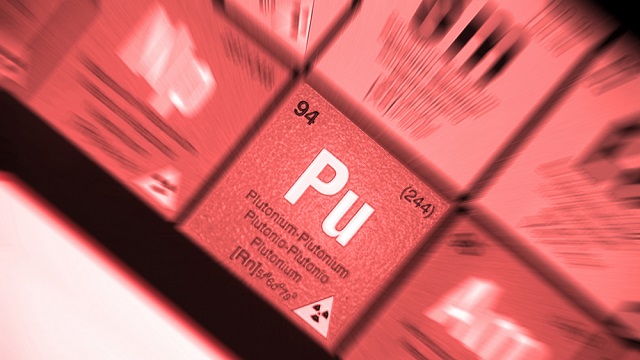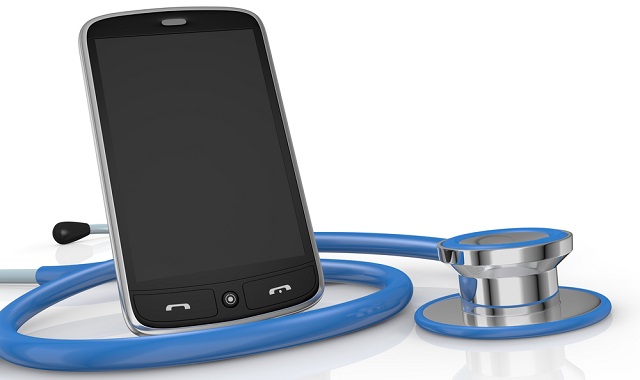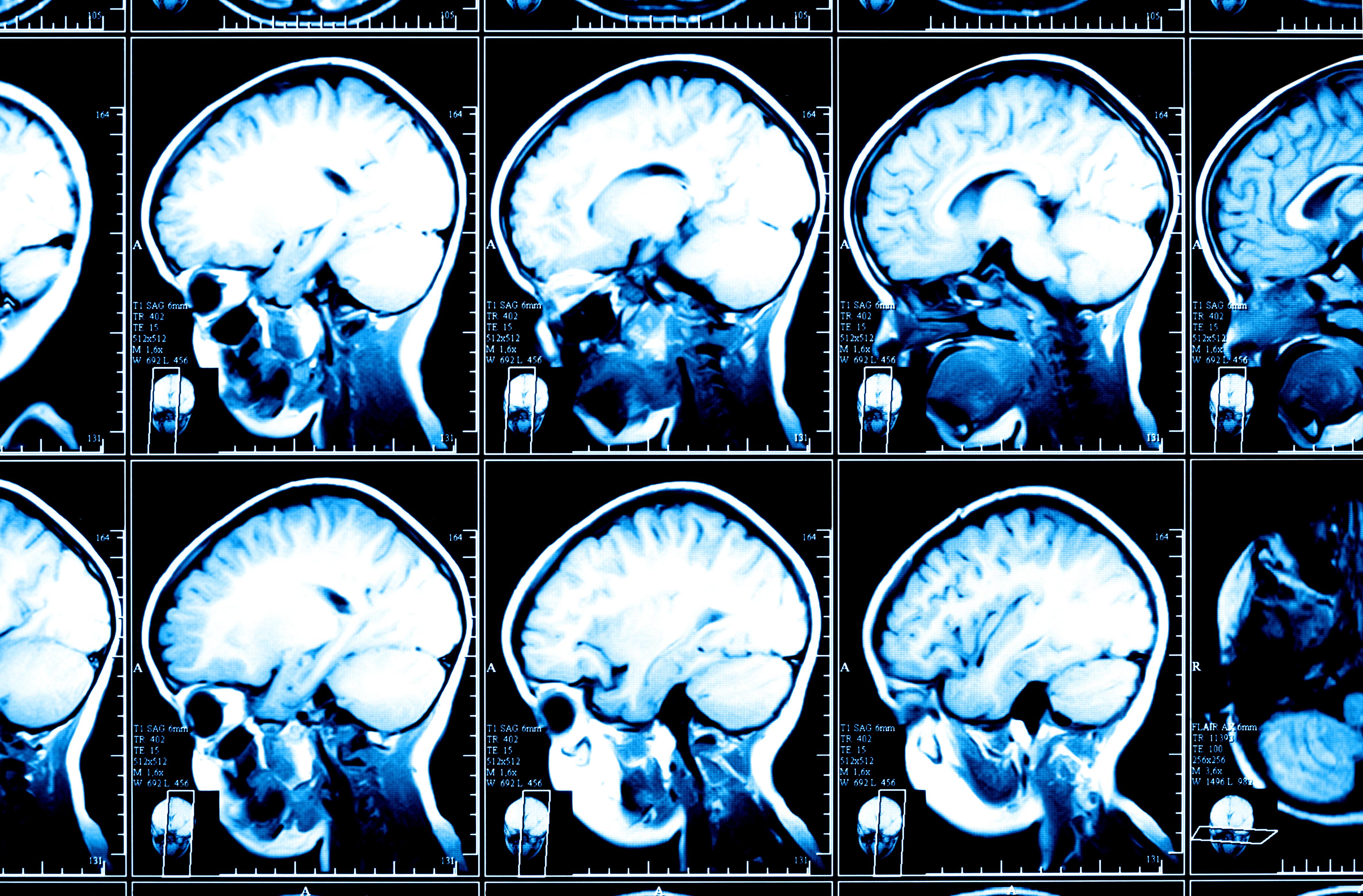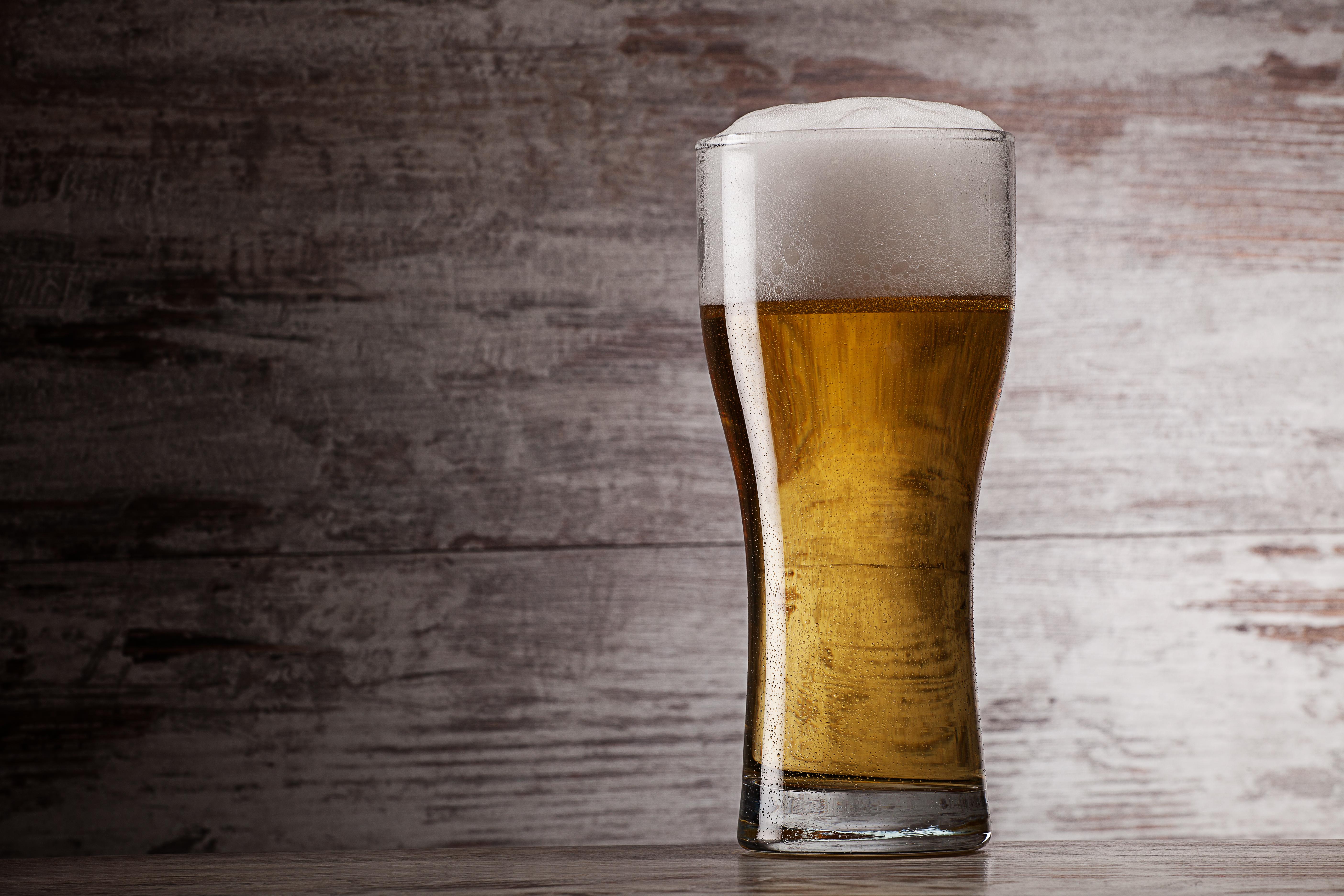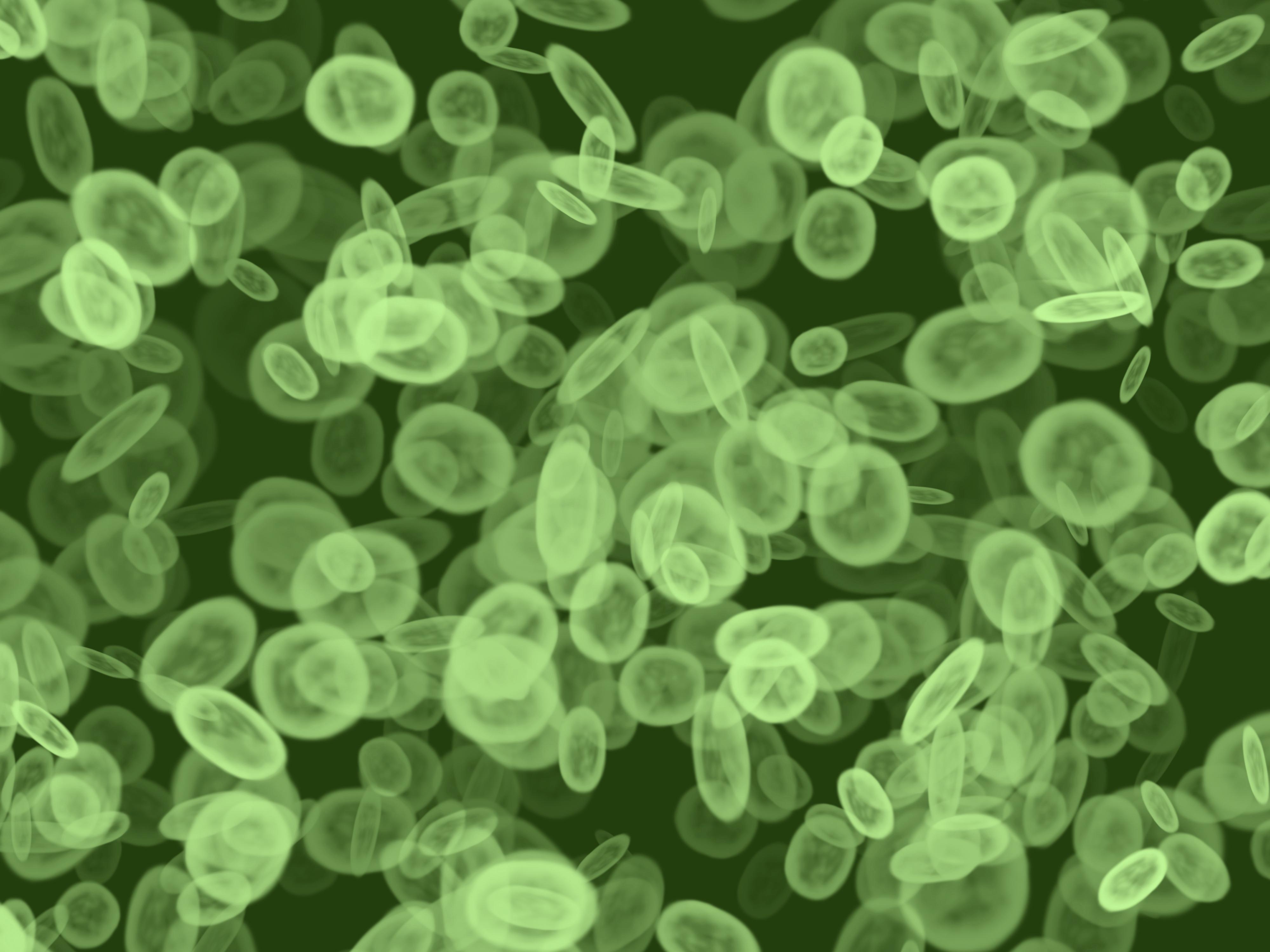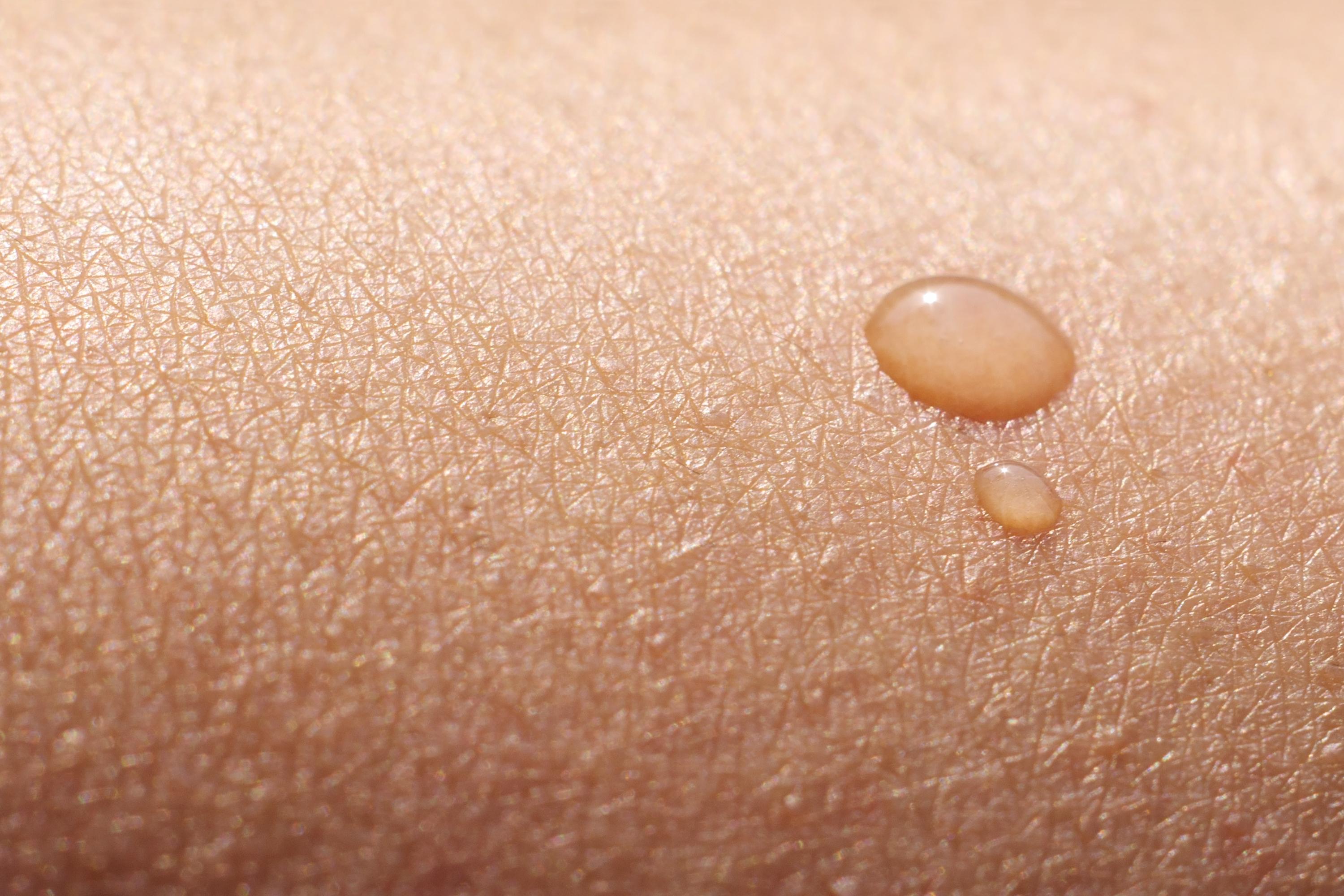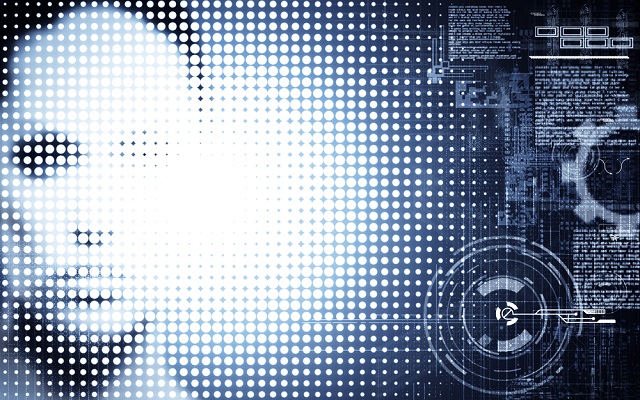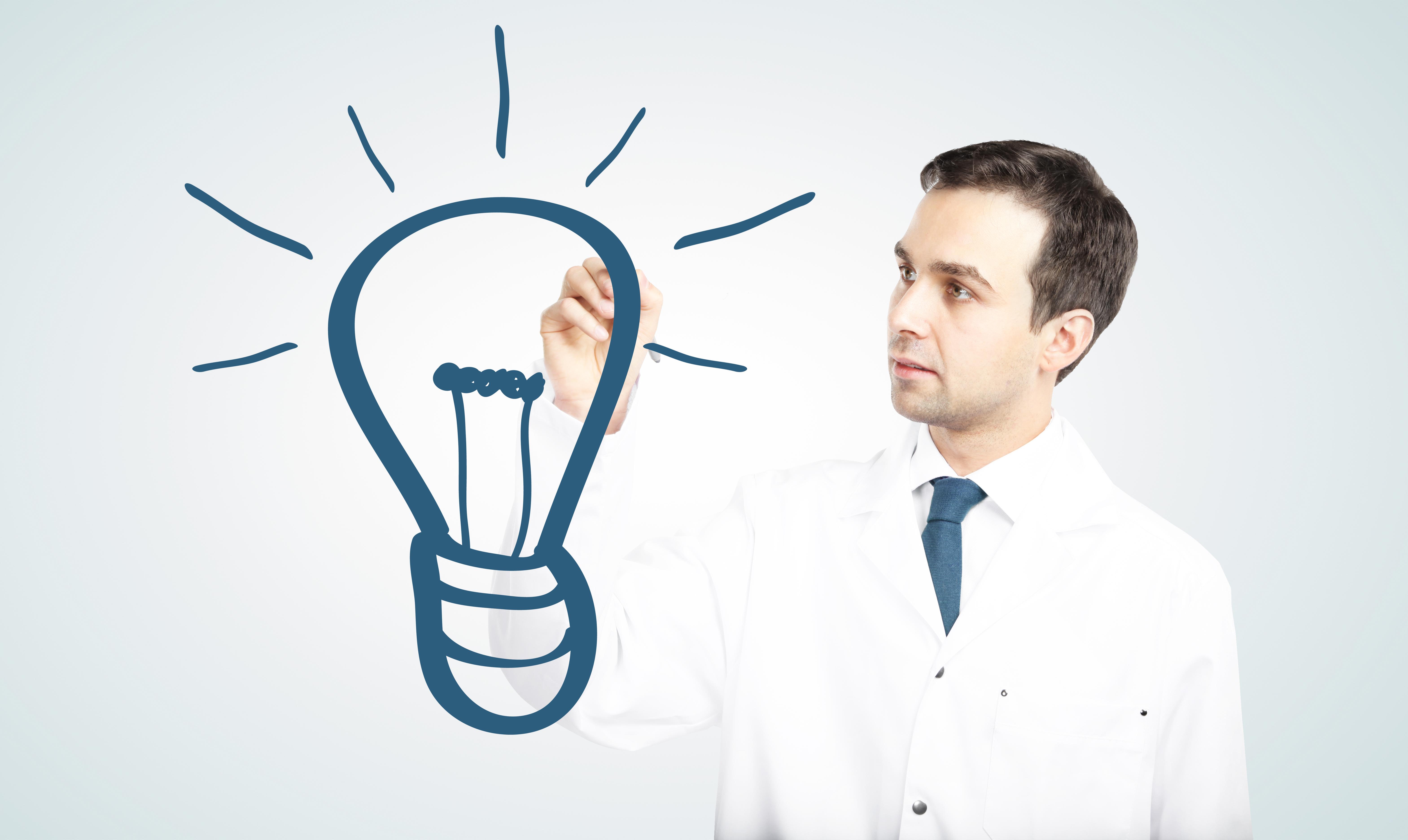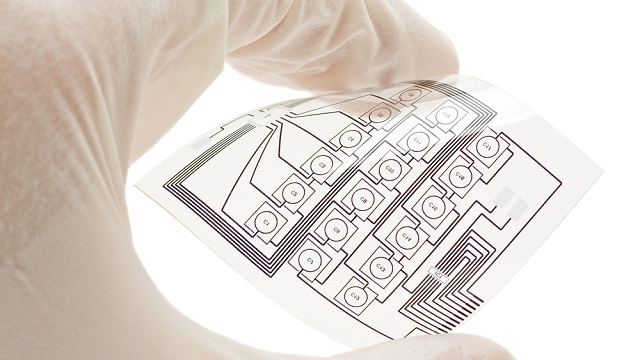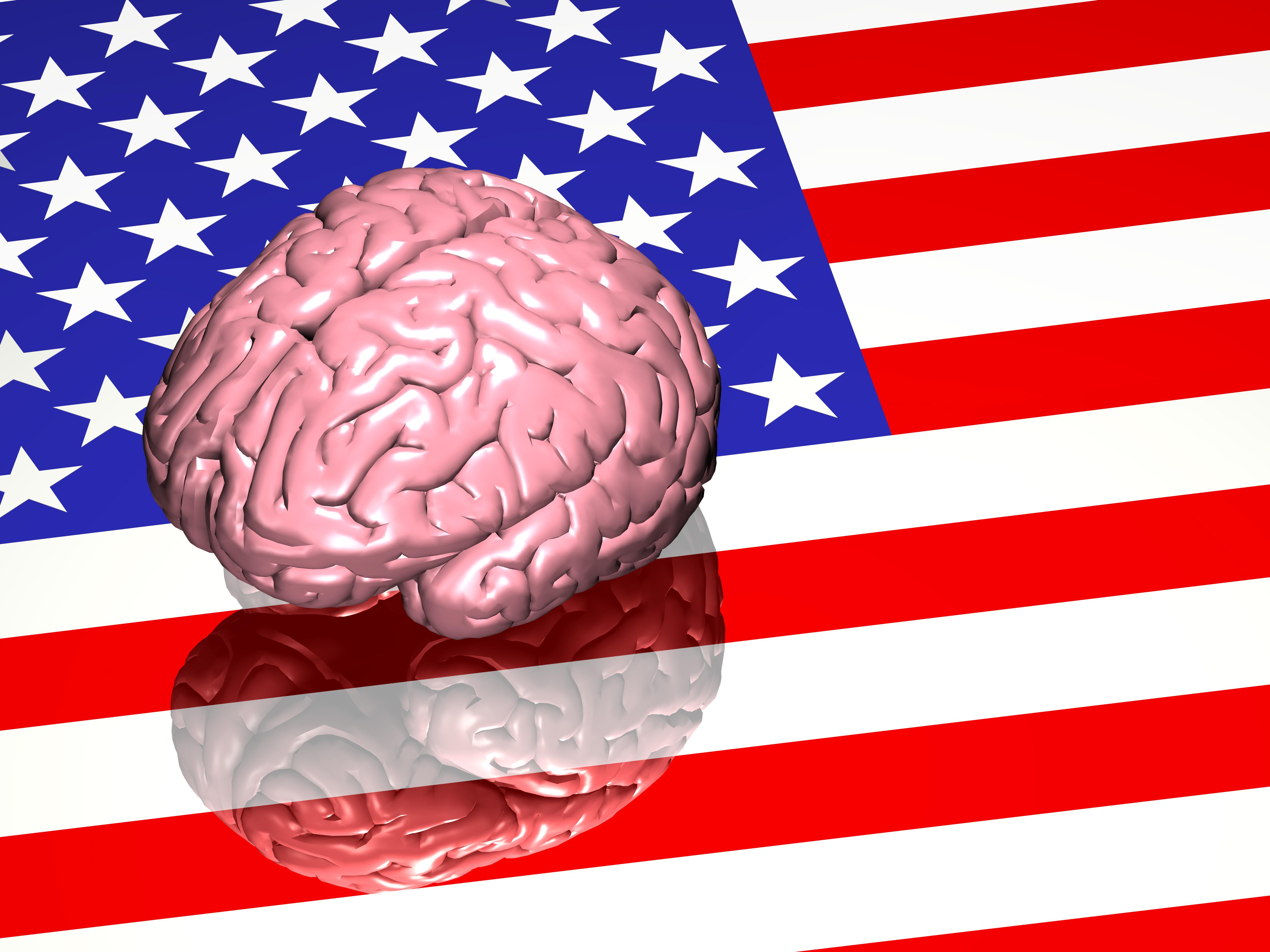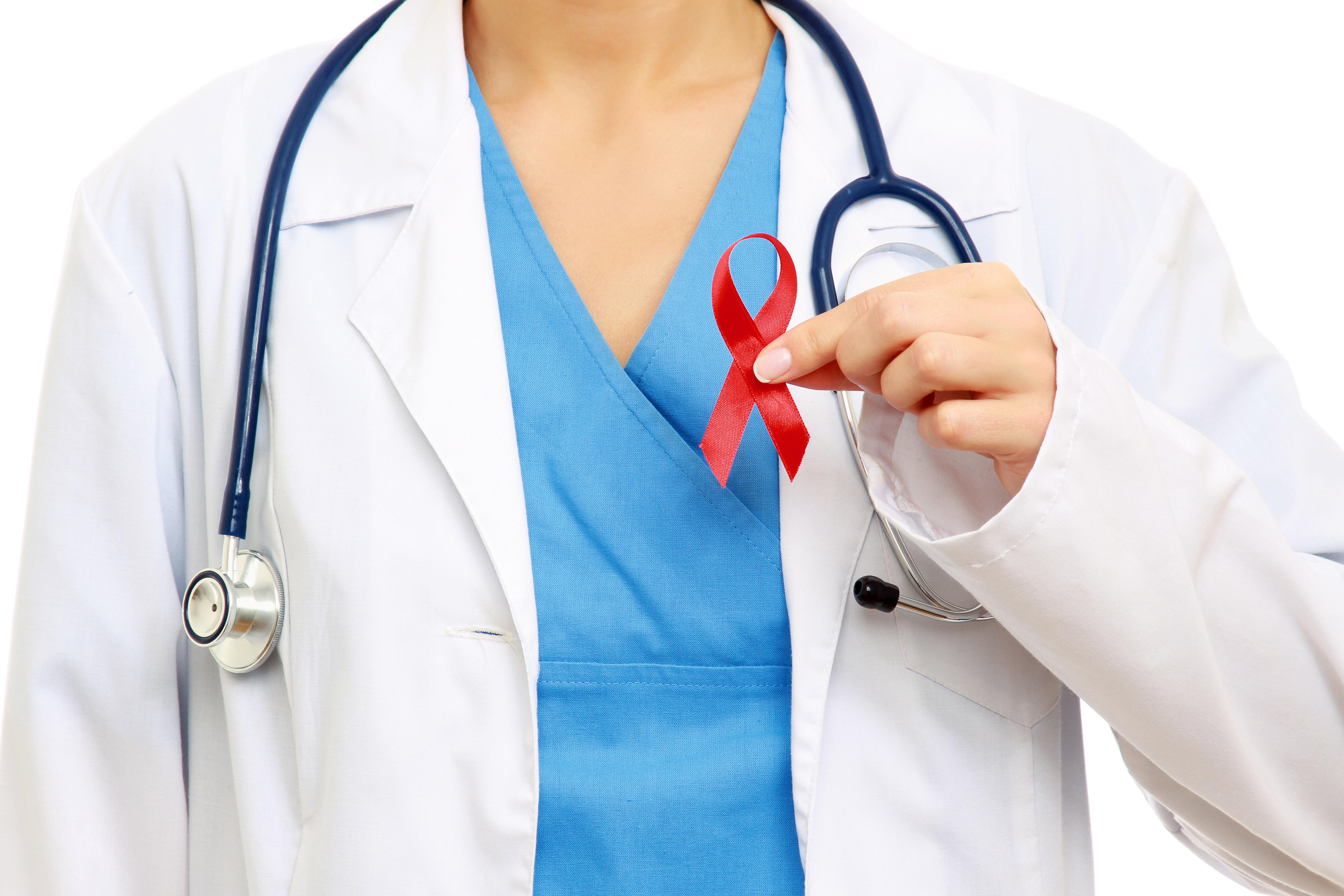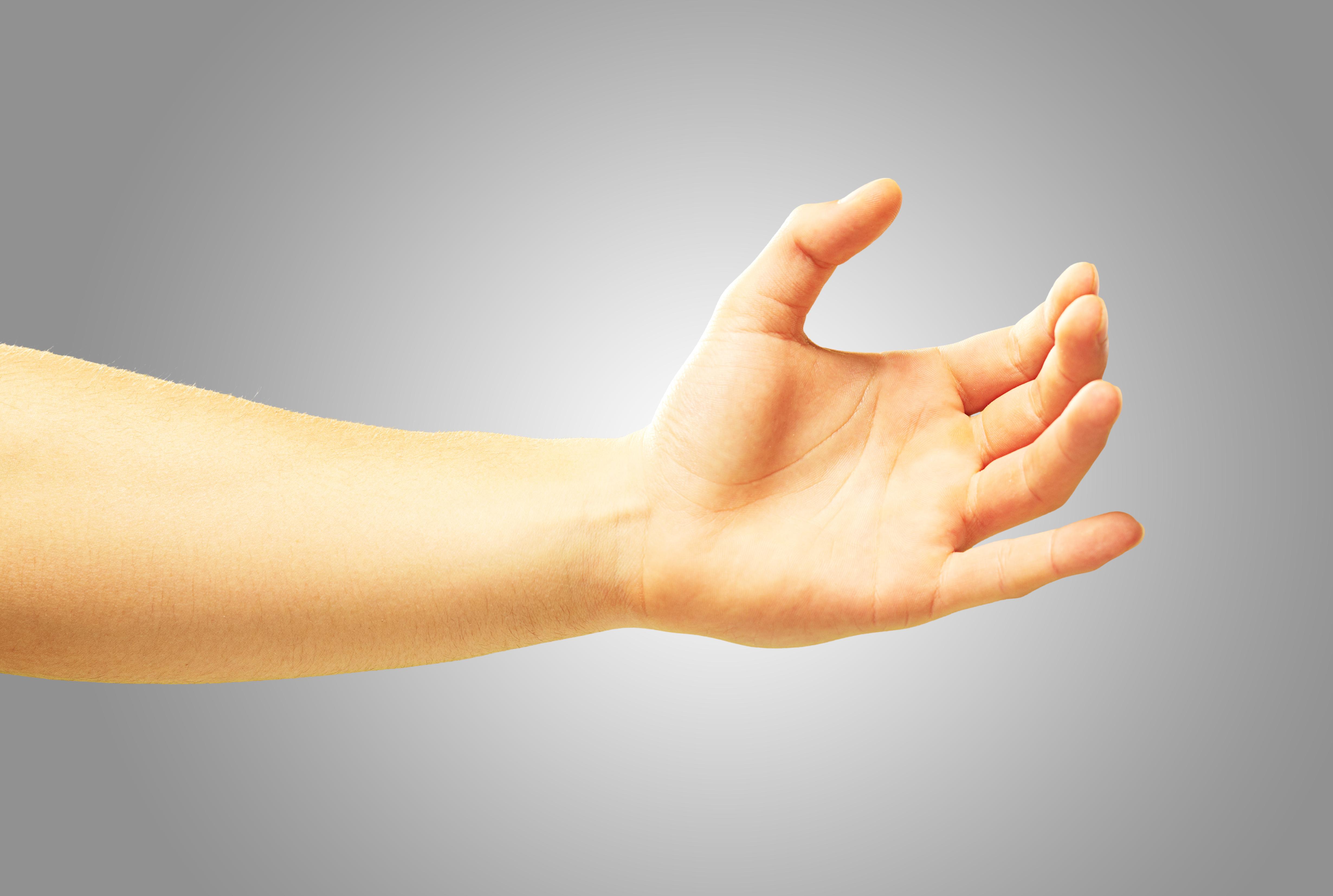Surprising Science
All Stories
The isotope has been used to power spacecraft for decades, but the US had been getting its supply from Russia since 1988. That agreement ended in 2010, and now some scientists say the stockpile is “alarmingly low.”
The Health eHeart Study will use apps, sensors, and similar devices to collect real-time information on subjects. Those interested can also sign up on the study’s Web site without a doctor visit, a first for such a major study.
Cody Wilson and his company, Defense Distributed, can now sell and distribute firearms, but he says he’s going to wait for an add-on that will let him offer a broader range of products.
Vendors in Pakistan, where the drink has become increasingly popular, say yes…as do medical researchers and a United Nations agency.
“The owl of Minerva,” Hegel wrote, “takes its flight only when the shades of night are gathering.” A year ago I launched Praxis as a forum for thinking reflectively about […]
Not only does the image represent our growing understanding of the physical processes in the brain, it represents our willingness to accept neuroscientific explanations for just about anything.
If consciousness is a result of physical processes in the brain, then it seems that every experience can be reduced to the interplay of physical elements. But not so fast, say some philosophers.
An important addendum to the fact that humans are social animals is that we are socially constrained animals, says Jeffrey Kahn, associate professor of psychiatry at NewYork-Presbyterian Hospital.
Racial profiling is a threat to public health because it exposes people to discrimination and the fear of discrimination. Race may be a social construct, but racism materializes in poor health.
The toxicity of chemical sprays that kill bacteria often prove hazardous to our own health and the create resistant strains. But nanotechnology may be able to naturally kill harmful bacteria.
A thin wire mesh on the surface of the skin could allow for the wireless transmission of health metrics, such as temperature and hydration, to central medical stations in hospitals.
A small but growing number of people are using the latest technologies to give themselves abilities that look and sound like something out of an X-Men comic.
Medical institutions must continue to insist on equipping doctors with creative skills, whether that means learning to paint or write poetry, in order to compliment increasingly mechanistic protocols.
Ray is a line of chairs and desks that’s become popular in some European schools because it encourages users to make constant “micro-movements” that engage the feet and core muscles.
A Norwegian research organization is working on clothing that will monitor the health of its wearers as they work on oil rigs and other places that experience life-threatening cold.
Researchers have figured out a way to “print” ultrathin electronic devices directly onto human skin. They can be used to monitor patient health for up to two weeks before flaking off.
There are some familiar facts and a few surprises in David McCandless’s fascinating new graphic, a visualization of how people died during the 20th century: (For a larger copy, click here.) After finding […]
It’s the closest star system found in almost a century, and will hopefully serve as “an excellent hunting ground for planets” and a possible destination for a future manned mission.
US Forest Service researcher David Nowak is heading up a project that calculates, among other things, the amount of carbon stored, the amount of particulates removed, and its effect on a city’s heating and cooling costs.
Scientists are hoping that some of 3,000-plus possible exoplanets discovered by NASA’s Kepler mission have moons that exist outside a circumplanetary “habitable edge.”
Not quite yet…but a new study provides proof that global warming is extending the growing season in the upper Northern Hemisphere, making some areas greener than they have been in (literally) ages.
It could mean an end to rising energy costs caused in part by the almost-complete shutdown of the country’s nuclear energy program. However, its effects on the environment are still unknown.
The new version, which takes effect today, bans the import and sale of cosmetics containing animal-tested ingredients. Some critics say that certain tests require animals as subjects to ensure safety.
By discovering the molecular switch that helps the brain transition from adolescence to adulthood, a team of Yale researchers have reversed the process, recreating a youthful brain.
The Obama administration is considering funding what could amount to the biggest science project of all time. Called the Brain Activity Map, it would change the scale at which the brain is understood.
In his new book, How to Create a Mind, engineer and futurist Ray Kurzweil puts forth a theory of the brain that is meant to demonstrate how engineers could build a computer that would mimic the mind.
A new wireless authentication system called BodyCom could change the way locked doors are opened and the way firearms are activated by using the human body as a password.
Deborah Persaud of Johns Hopkins University has announced to the Conference on Retroviruses and Opportunistic Infections that a patient under her care has been cured of HIV infection.
While scientists are far from being able to regenerate humans limbs, they are gaining a better understanding of how this complex process takes place in a host of different species.
How can the United States collectively face rising health care costs, a broken healthcare system, and public health epidemics such as obesity and diabetes? Three top medical innovators offer solutions.
